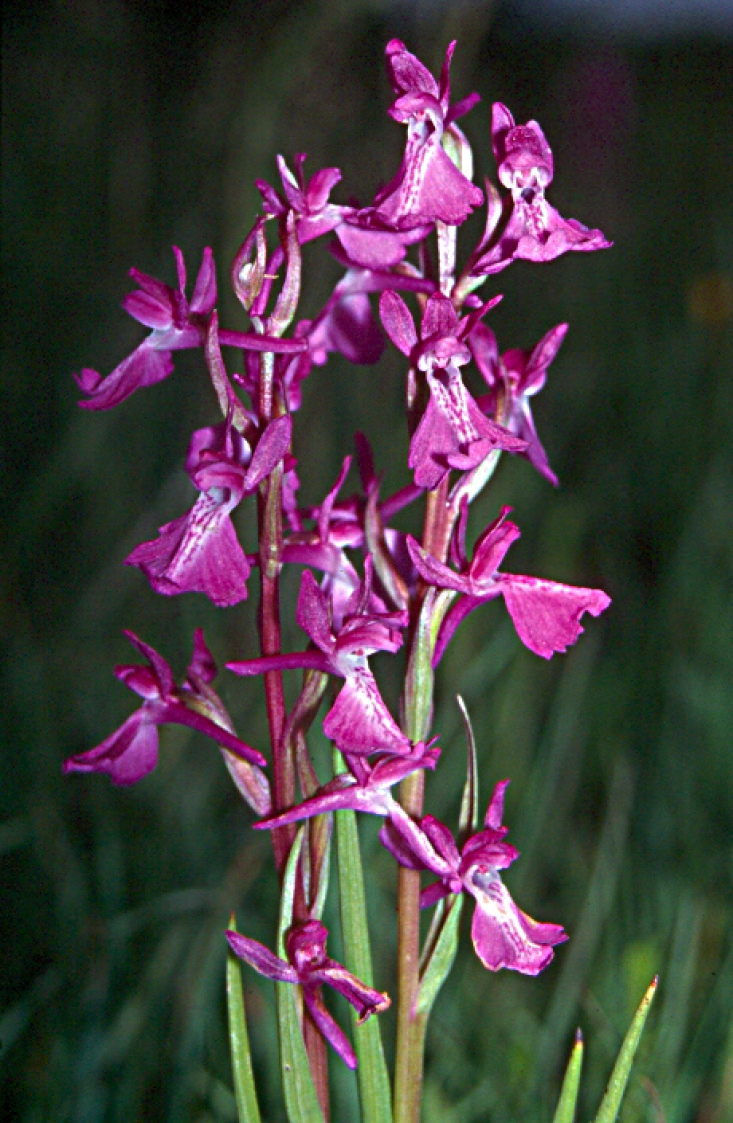On the edge of Székesfehérvár, on the abandoned, gravelly surface of the former sand mine, a variety of plant communities have settled, from floating seaweed to softwood groves, among which many protected rarities can be found.
Number of legislation declaring it protected: 2/1990. (XI. 21.) by KTM decree
The extent of the protected area: 121 hectares
Village boundary: Székesfehérvár interior
Pedigree number: 237/TT/90
Brief description of the protected natural values
During the survey before it was declared protected, 235 plant species were described, including many protected ones. Since then, several new species have been identified during research. The greatest value is the orchid species that appear one after another from May to mid-summer. Out of the 9 species, the flesh-colored ujjaskosbor, the bog ramsbor, and the marsh sedge, estimated at 80-100 thousand stems, stand out in terms of mass. So far, three forms and colors of the valiant wine have been observed. The intellectual value of the protected plant species exceeds HUF 100 million, which is a huge value considering the size of the area. In addition to the botanical values, there are also significant zoological values here. So far, 29 bird species have been proven to be nesting. The most significant are the colonies of 10-15 pairs of barn swallows and 30-40 pairs of barn swallows established in the area of the sand mine and on the sides of the loess hills, as well as the blue-blooded colony in the VÍZMŰ protected forest. Unfortunately, the number of nesting bluebirds has dropped drastically in recent years.
Of the insect world that has not yet been fully explored, we can mention the occurrence of the praying mantis and the helmeted mantis.
The town's general assembly wishes to develop some parts of the nature reserve into a place for teaching, demonstration and research.
Major risk factors
The biggest problem in the area is the illegal dumping of garbage. In the last two years, with the help of the Székesfehérvár nature conservationists, it was possible to transport most of the illegal garbage accumulated over many years.
A constant source of danger is the trampling of orchid lawns and, nowadays, horse riding.
